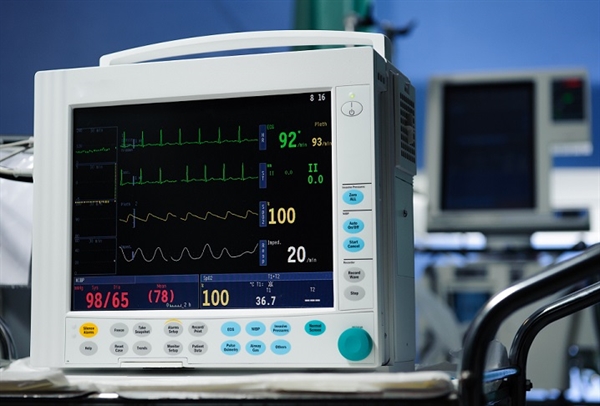Every day, nurses work with patients, putting a personal touch on face-to-face interactions, whether in a doctor’s office, urgent care, or hospital setting. That’s always been part of the job. What’s different about nursing today is the availability of technology used daily to monitor, track, and access patient information. Here are five types of technology nurses can expect to use.
Electronic Healthcare Records (EHR)
Long gone are the days of writing notes by hand on a patient’s paper chart. Of the available technology in medical settings, nurses probably interact with patients’ electronic healthcare records the most. By 2017, some 96% of hospitals used HER – and that percentage has only risen since then. Electronic record-keeping allows healthcare professionals to access patient information quickly and while they’re on the go. An EHR gives nurses information about a patient’s medication allergies, medications they’re taking, and current information about their condition.
Smart Beds
Hospital beds come with all kinds of technology now so healthcare providers can improve a patient’s experience. While they may vary from hospital to hospital, smart beds may include things like sensors that monitor patient vitals like temperature, blood pressure, and pulse rate. Different sensors help with reducing problems like bedsores or injuries. The technology-enhanced beds also reduce the time it takes to adjust the bed settings for the patient.
Smart IV Pump
Nurses use many medical devices, and the smart IV pump automates and regulates the amount of intravenous medication a patient receives. The software in the pump alerts nurses if a patient receives too much or too little medication or has issues with reactions to it. The IV pump means nurses can monitor away from the bed, and they don’t need to “make rounds” to check on a patient’s IV. In a busy hospital, the smart IV takes some of the work off a nurse’s shoulders.
Portable Monitors
Nurses use these devices to monitor their patients while they’re not at the patient’s bedside. The monitor allows the nurse to check on a patient when they’re busy with a different task or they’re on the go. The monitors track vitals like oxygen saturation, temperature, and heart rate, and notifies a nurse in the event of an emergency.
Wearable Devices
On the patient side, wearable devices and apps track patient vitals like heart rate, blood pressure, breathing, and exercise. A patient might be given a wearable heart monitor, for example, which communicates via sensors to a healthcare professional. Nurses can monitor their patients’ medical devices while patients are in the hospital or at home. These devices have transformed medical providers’ ability to keep tabs on their patients’ health.
Although technology is changing the nursing profession, it doesn’t substitute completely for face-to-face communication. But it helps nurses avoid errors and stay attuned to their patients while they’re managing other tasks.
If you’re interested in nursing as a career, visit St. Paul’s School of Nursing program page or call (855) 822-3018 to speak to one of our admissions representatives or to schedule a tour at our Queens or Staten Island campuses.

